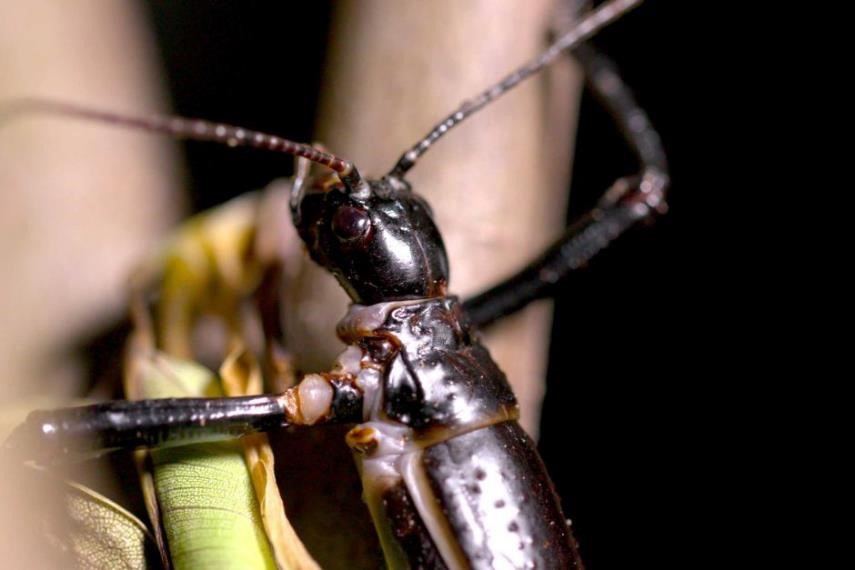RETIRED & LEISURED GROUP MAY MEETING REPORT
The May meeting consisted of an attractive and engaging talk given by Gabor Bedo on his visit to Lord Howe Island in 2014. The island was discovered by Lieut. Ball on HMS Supply in 1788 and named after Lord Howe, the head of the Admiralty at that time. It is a volcanic and true oceanic island with World Heritage status and carries a number of endemic species. For visitors it is a three-hour flight from Australia and accommodation is expensive. Port Macquarie is the main supply base and there are about 20,000 visitors per year. The island is 11 km long with two tall peaks of 875 m and 777 m. and a large lagoon. The East Australian Current brings warm water to the coast of Lord Howe Island. Feral animals were largely eradicated from 1979-99 and a new eradication program by baiting has followed.
After its discovery, Lord Howe Island was a food source for ships and whalers until 1800. It was first settled by three Englishmen and their families in 1834. The limited agriculture is mostly decorative native Kentia palms—which are exported—and bananas. The landscape is limestone on top of volcanic material and it receives about 1500 mm of rain per annum. Migratory birds visit Lord Howe Island as it is on the eastern migratory flyway. A gallinule species and the White-throated Pigeon that occurred there were hunted to extinction.
The first tourists came by Burns Philp cargo passenger ships. The S.S. Makambo ran aground in 1918 and rats escaped and multiplied to threaten
fauna, especially the Lord Howe Phasmid (stick insect) (↑ T Bannigan, Australian Museum).
An airstrip was built in the 1970s: a major investment. The island is serviced by Qantaslink and a fortnightly supply ship.
The Lord Howe Island Stick Insect was rediscovered in 2001 and two batches were taken to Sydney and Melbourne to assist preservation, but the Sydney attempt failed.
Gabor’s talk contained a wide range of subjects and was well delivered and satisfying. Our thanks also go to Graham Ezzy for his technical help.
Margot Bentley


